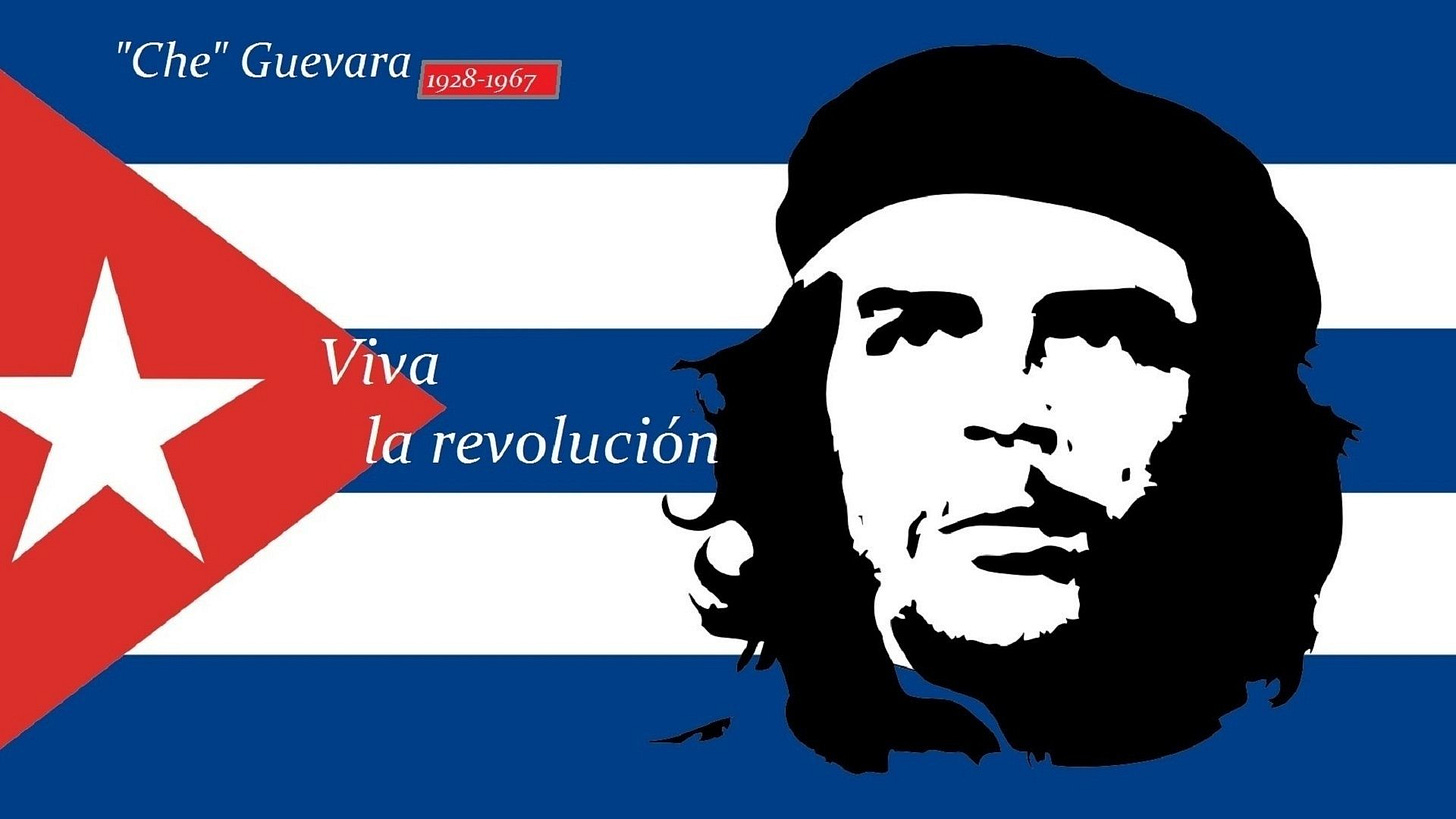Ernesto “Che” Guevara, born on June 14, 1928, in Rosario, Argentina, was a prominent communist figure in the Cuban Revolution and a guerrilla leader in South America. His life was marked by his deep commitment to social justice, which was shaped by the poverty and oppression he witnessed during his travels across Latin America.
Early Life and Education
Guevara was the eldest of five children in a middle-class family of Spanish-Irish descent with leftist leanings. Despite suffering from asthma, he excelled both as an athlete and a scholar. He completed his medical studies at the University of Buenos Aires in 1953. His worldview was significantly influenced by a nine-month journey he undertook in December 1951 with his friend Alberto Granado. This trip, which began on a motorcycle they called “the Powerful”, took them from Argentina through Chile, Peru, Colombia, and on to Venezuela.
Political Awakening
During his travels, Guevara was deeply affected by the great poverty he observed. This experience led him to the conclusion that the only solution lay in violent revolution. He began to see Latin America not as a collection of separate nations, but as a cultural and economic entity requiring an intercontinental strategy for liberation.
In 1953, Guevara went to Guatemala, where President Jacobo Arbenz was attempting to bring about a social revolution. However, Arbenz’s regime was overthrown with the assistance of the CIA, an event that solidified Guevara’s political ideology.
The Cuban Revolution
In the mid-1950s, Guevara met Fidel Castro in Mexico and joined his 26th of July Movement. They sailed to Cuba with the intention of overthrowing the US-backed dictator Fulgencio Batista. Guevara soon rose to prominence among the insurgents, was promoted to second-in-command, and played a pivotal role in the two-year guerrilla campaign that deposed the Batista regime.
After the Cuban Revolution, Guevara held several key posts in the new government. He served as both president of the National Bank and instructional director for Cuba’s armed forces, and traversed the globe as a diplomat on behalf of Cuban socialism.
Final Years and Death
Guevara left Cuba in 1965 to organize guerrilla fighters in Congo and later Bolivia. His final revolutionary attempt was in Bolivia, where he was captured by the Bolivian army, aided by CIA advisers, on October 8, 1967. The following day, Guevara, aged 39, was executed. His hands were cut off as proof of death and his body was buried in an unmarked grave. In 1997, Guevara’s remains were found and sent back to Cuba, where they were reburied in a ceremony attended by President Fidel Castro and thousands of Cubans.
Ernesto “Che” Guevara’s life was a testament to his unwavering commitment to his ideals and his willingness to fight for a better world. His image has since become an icon of leftist radicalism and anti-imperialism worldwide.














Share this post